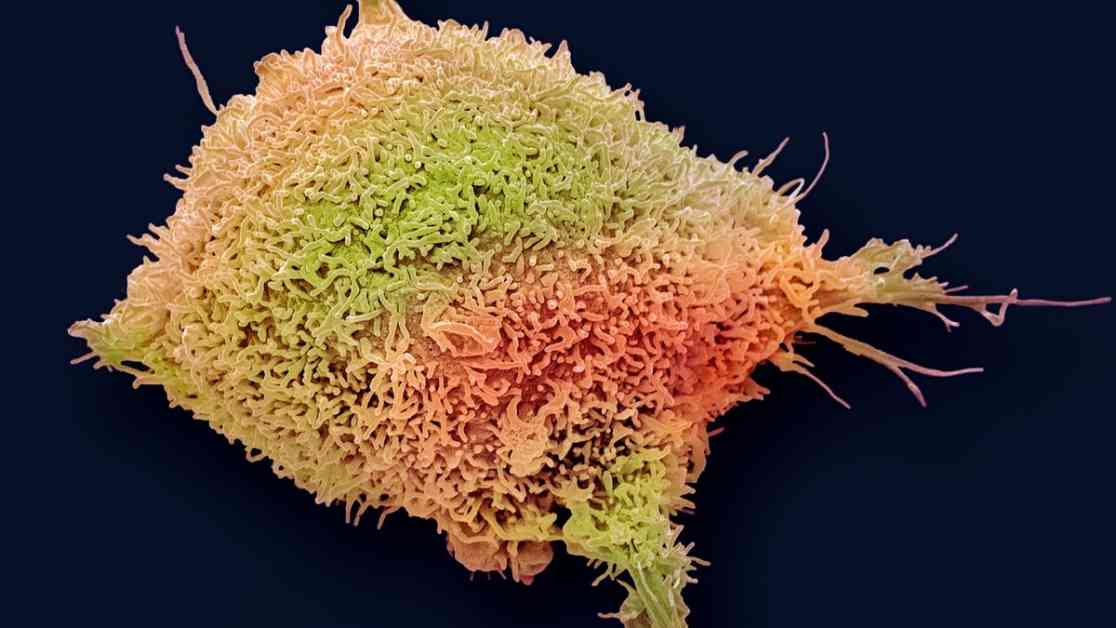Cervical cancer deaths have significantly decreased among young women in the United States, according to recent research. The study, published in the journal JAMA, found that between 2019 and 2021, 13 women under the age of 25 died from cervical cancer, compared to 35 between 2013 and 2015. This marks a 62% decrease in cancer-related deaths in this age group.
Researchers attribute this decline to the widespread vaccination against human papillomavirus (HPV), which was introduced in the U.S. in 2006. HPV is the most common cause of cervical cancer, and the vaccine works by preventing high-risk HPV infections. The findings of this study highlight the importance of continued efforts to improve HPV vaccination rates in the country.
Cervical cancer develops in the cells of the cervix, which is the lower part of the uterus. It is primarily caused by specific strains of HPV that infect cervical cells and lead to uncontrollable growth. While cervical cancer is the fourth most common cancer among women globally, it is highly preventable through vaccination and regular screening. Treatment options such as surgery and chemotherapy are also available if the cancer is detected early.
Despite the progress in reducing cervical cancer deaths in the U.S., disparities in access to healthcare still exist, with 94% of cervical cancer deaths occurring in low- and middle-income countries. The Centers for Disease Control and Prevention recommends HPV vaccination for both male and female children starting at age 11 or 12, with the option to begin as early as age 9 for certain individuals. Catch-up vaccinations are also available for those up to 26 years old.
While HPV vaccination rates have increased in recent years, they have not yet met the target goal of 80% set by the Department of Health and Human Services. The new study did not directly correlate HPV vaccination rates with cervical cancer deaths, but previous research has shown a significant reduction in HPV infections, cervical cancer cases, and related deaths due to vaccination.
Eliminating cervical cancer is considered achievable by the World Health Organization, with the potential to become the first cancer to be eradicated globally. Addressing inequities in access to HPV vaccines, diagnostic tests, and treatments is crucial in achieving this goal. Continued efforts to improve vaccination rates and ensure widespread access to preventive measures are essential in the fight against cervical cancer.
In conclusion, the decline in cervical cancer deaths among young women in the U.S. is a significant milestone in cancer prevention. The success of HPV vaccination underscores the importance of public health interventions in reducing the burden of this disease. By prioritizing vaccination efforts and addressing healthcare disparities, we can work towards the elimination of cervical cancer on a global scale.










